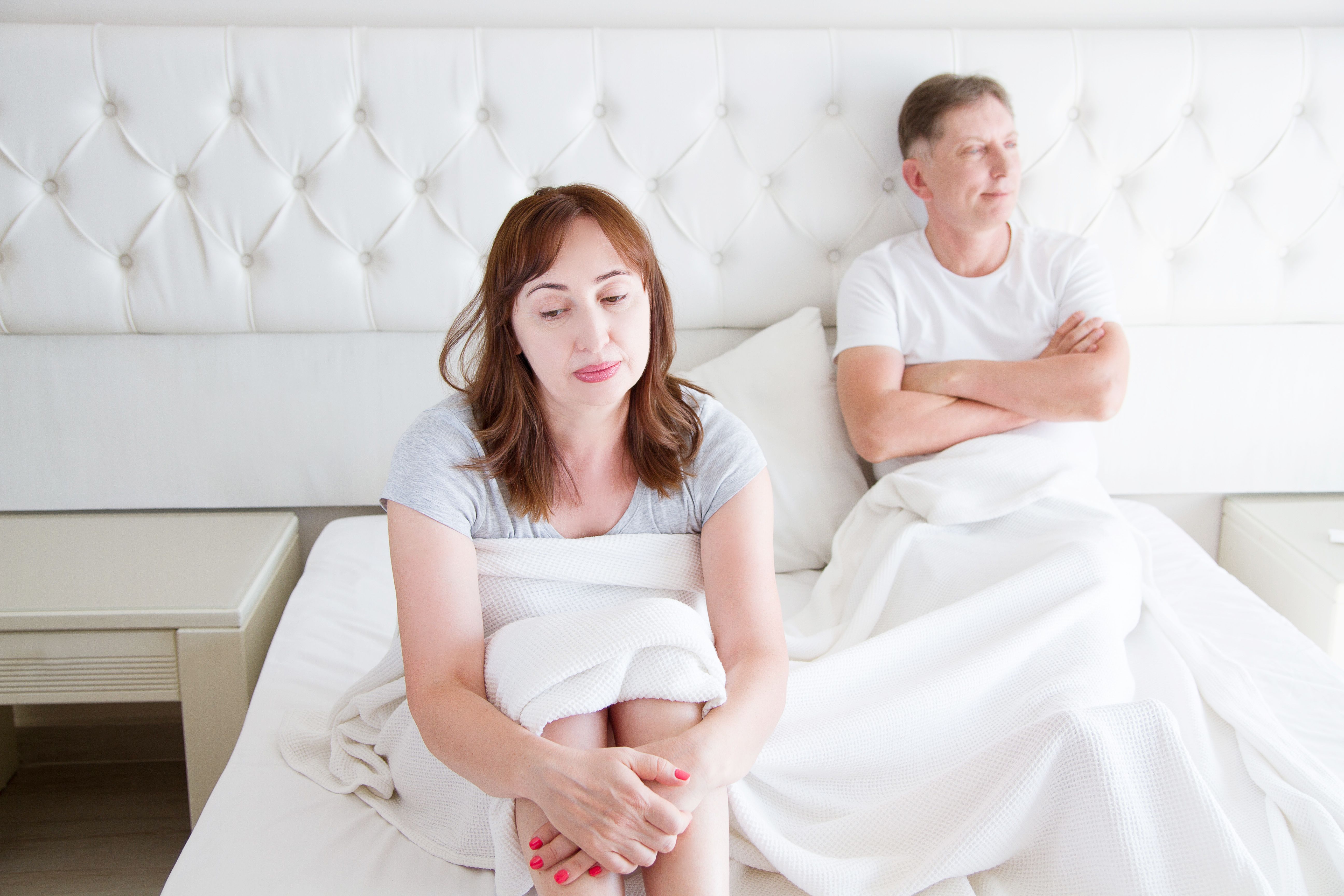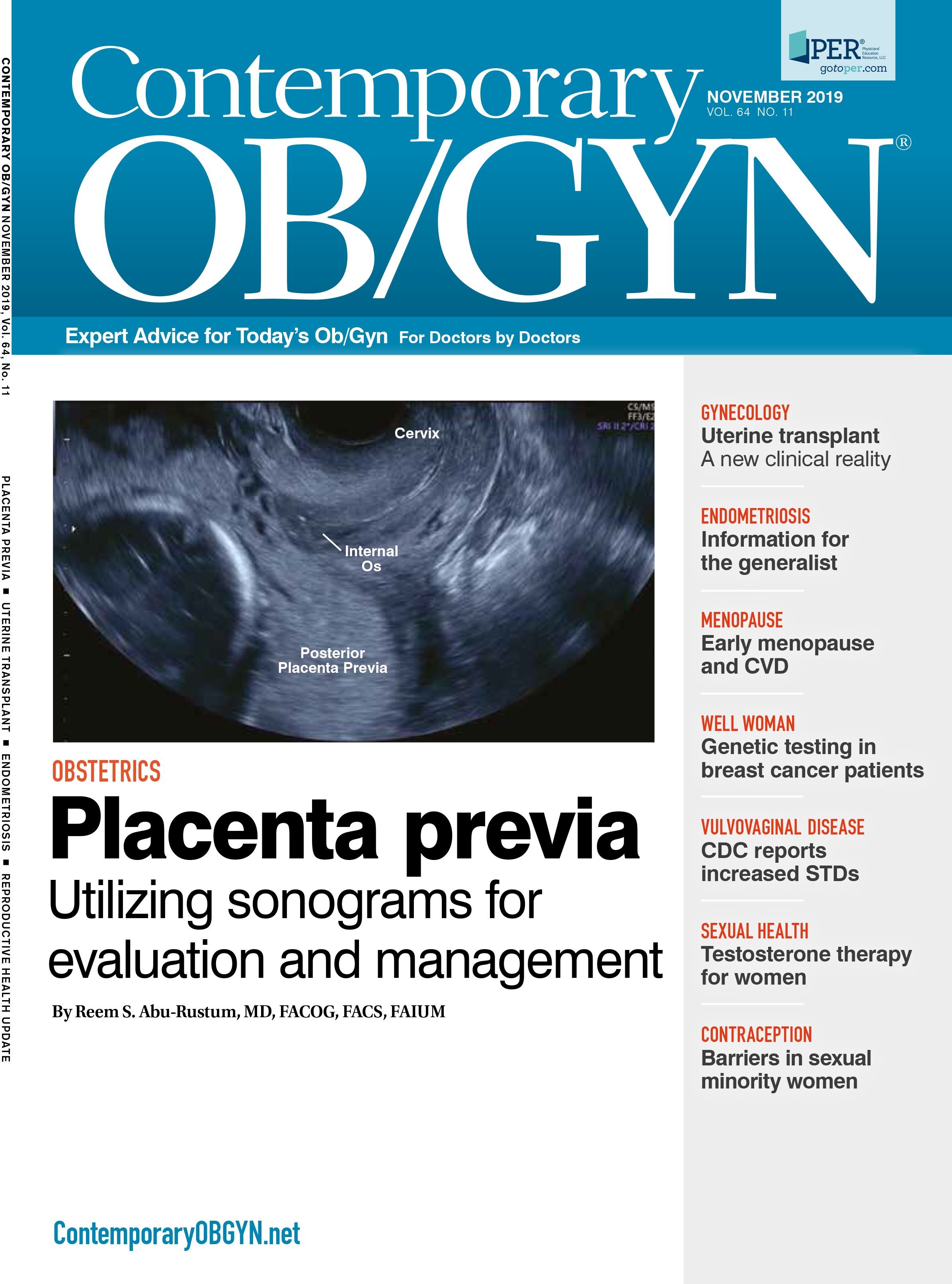Low stress hormones linked to low sexual desire in women
A recent study of women complaining of low or absent sexual desire found their low desire may be linked to hypothalamic-pituitary-adrenal (HPA) axis dysregulation.
©ladyalex - stock.adobe.com

A recent study of women complaining of low or absent sexual desire found their low desire to be linked to hypothalamic-pituitary-adrenal (HPA) axis dysregulation. These women did not have any clinical depression or take any hormonal or pharmacological therapy, were not currently undergoing severe stress and were without health concerns or relationship disharmony considered likely to interfere with sexual desire.
Compared to 138 control participants, 137 women with hypoactive sexual desire disorder (HSDD) had significantly lower cortisol and lower dehydroepiandrosterone (DHEA) levels in the morning, a flatter diurnal cortisol slope and a lower cortisol awakening response (CAR), according to the prospective study in the journal Psychoneuroendocrinology.
“We previously found low morning DHEA in 121 women carefully diagnosed with HSDD (without the confounders listed in the first paragraph), but we found similar serum levels of testosterone and androgen metabolites, compared to124 controls,” said lead principal co-investigator Rosemary Basson, MD, a clinical professor of psychiatry at the University of British Columbia in Vancouver, Canada.
Those findings suggested that low DHEA is not causative of low desire by being an inadequate testosterone supplier, but potentially reflects HPA axis dysregulation from past stress/neglect/suffering, according to Dr. Basson.
“Research shows childhood stress is connected to HPA axis dysregulation in adult life, therefore, we repeated the study to confirm low DHEA in women with low desire and conduct more extensive testing of HPA dysregulation,” Dr. Basson told Contemporary OB/GYN.
In contrast to the extensive research investigating, but not finding an association of women’s sexual desire with their testosterone levels, many studies have found lower serum levels of DHEA in women reporting low or absent sexual desire. “Hence confirming lowDHEA in our study’s carefully assessed women was expected,” Dr. Basson said.
Likewise, due to previous research concluding that negative mood may impair sexual desire even when any clinical depression is excluded, “finding low DHEA was not surprising,” Dr. Basson said. “DHEA concentrations are known to be particularly high in the brain and to have multiple direct actions, including the modulation of various receptors and synaptic transmissions in the brain, including sigmoid receptors to modulate mood.”
The authors suspected their repeated finding of low DHEA reflected HPA axis dysregulation, “given that clinical histories of women with chronic low sexual desire frequently contain details of stressful childhoods and adolescence,” Dr. Basson said.
For the current study, when sexual function was measured categorically, HSDD subjects demonstrated significantly lower morning cortisol levels compared to control subjects: 8.20 nmol/L versus 9.36 nmol/L, respectively (P= 0.02).
“Research suggests that low basal levels of cortisol and blunted HPA activity might predispose to diseases or disorders, such as mental health problems and possible sexual disorders,” Dr. Basson said.
In summary, both hormonal deficiency (DHEA and cortisol) and the past stress that the deficiency is believed to reflect may contribute to low sexual desire. “Lower DHEA may lower mood and possibly act via other neurotransmission in the brain, due to its many as yet unexplored actions,” Dr. Basson said. “So supplementing DHEA could eventually be appropriate. But supplementing DHEA systemically is not yet recommended.”
Nonetheless, the study’s findings strongly encourage evaluating stress in the younger years of women with sexual low desire. Appropriate cognitive therapies and other treatment modalities for altering response to stress should also be advocated.
“We need randomized controlled trials of supplementing systemic DHEA in mid-life and older women with sexual interest/arousal disorder (SIAD) accompanied by low DHEA,” said Dr. Basson, noting that in 2013 the American Psychiatric Association replaced HSDD with SIAD in the Diagnostic and Statistical Manual of Mental Disorders (DSM-5).
Disclosures:
Dr. Basson reports no relevant financial disclosures.

